About
The NeuroRSE group at Flatiron Institute Center for Computational Neuroscience builds and maintains open source software for computational and systems neuroscience. We intend to create solid packages that can be relied and built upon, rather than chasing cutting-edge research.
What does RSE mean? A “research software engineer”, which is defined by the US-RSE professional organization as someone “who regularly use expertise in programming to advance research”.
News
Workshops
Our Projects
All of our projects are open-source python packages. We are always happy to get external contributors and happy to help new users get started! See each project’s CONTRIBUTING.md file for more details.
A statistical modeling framework for systems neuroscience. NeMoS, our latest software package, specializes in GPU-accelerated optimizations. Its current core functionality includes the implementation of the Generalized Linear Model (GLM) for spike train analysis.
plenoptic is a python library for model-based synthesis of perceptual stimuli. The generated stimuli enable interpretation of model properties through examination of features that are enhanced, suppressed, or descarded. More importantly, they can facilitate the scientific process, through use in perceptual or neural experiments aimed at validating/falsifying model predictions.
pynapple is a light-weight python library for neurophysiological data analysis. The goal is to offer a versatile set of tools to study typical data in the field, i.e. time series (spike times, behavioral events, etc.) and time intervals (trials, brain states, etc.). It also provides users with generic functions for neuroscience such as tuning curves and cross-correlograms.
CCN Template
The CCN Template repo is not an actual python package, but an attempt to make and document all the many decisions that go into writing open-source python packages: structure, packaging, documentation, testing, etc. This is largely intended for our use, but hope it can serve as a resource for the broader community!
Past Announcements
-
Plenoptic at VSS 2025
-
Winter 2025 CCN Software Workshops
-
2025 Neuroscience Software Summer Internship
-
February 2025 Workshop Announcement
-
January 2025 Workshop Announcement
-
2024 Neuroscience Software Summer Internship
Contact
You can get in touch with us at neurorse [at] flatironinstitute.org
Members
Edoardo Balzani
Edoardo is the one of the principal developers of Nemos, a package for statistical modeling of neural activity. He earned his Ph.D. in Neuroscience from the Italian Institute of Technology in Genova, under the guidance of Valter Tucci. Before joining the Flatiron institute as a data scientist, he worked as a postdoc in Cristina Savin’s lab at NYU’s Center for Neural Science where he developed statistical methods for the analysis of neural spike trains during naturalistic behavior.

Billy Broderick
Billy Broderick received his Ph.D. from NYU’s Center for Neural Science, where he was advised by Eero Simoncelli and Jon Winawer. During his Ph.D., he studied how vision changes across the visual field using fMRI, psychophysics, and computational models. Before that, he worked as a research assistant at Duke University, spent a year at South China Normal University in Guangzhou, China as a Luce Scholar, and got his B.A. in neuroscience and mathematics at Oberlin College

Sarah Jo Venditto
Sarah Jo supports and develops open-source software for the center and with the Statistical Analysis of Neural Data group. She received her Ph.D. in Neuroscience from Princeton University working with Carlos Brody and Nathaniel Daw, where she studied neural mechanisms of cognition in rodents using experimental methods, statistical analysis, and computational models. Prior to her Ph.D., she worked as a research assistant at Indiana University and got her B.S. in Physics with a minor in Mathematics from Bethel University in Minnesota.
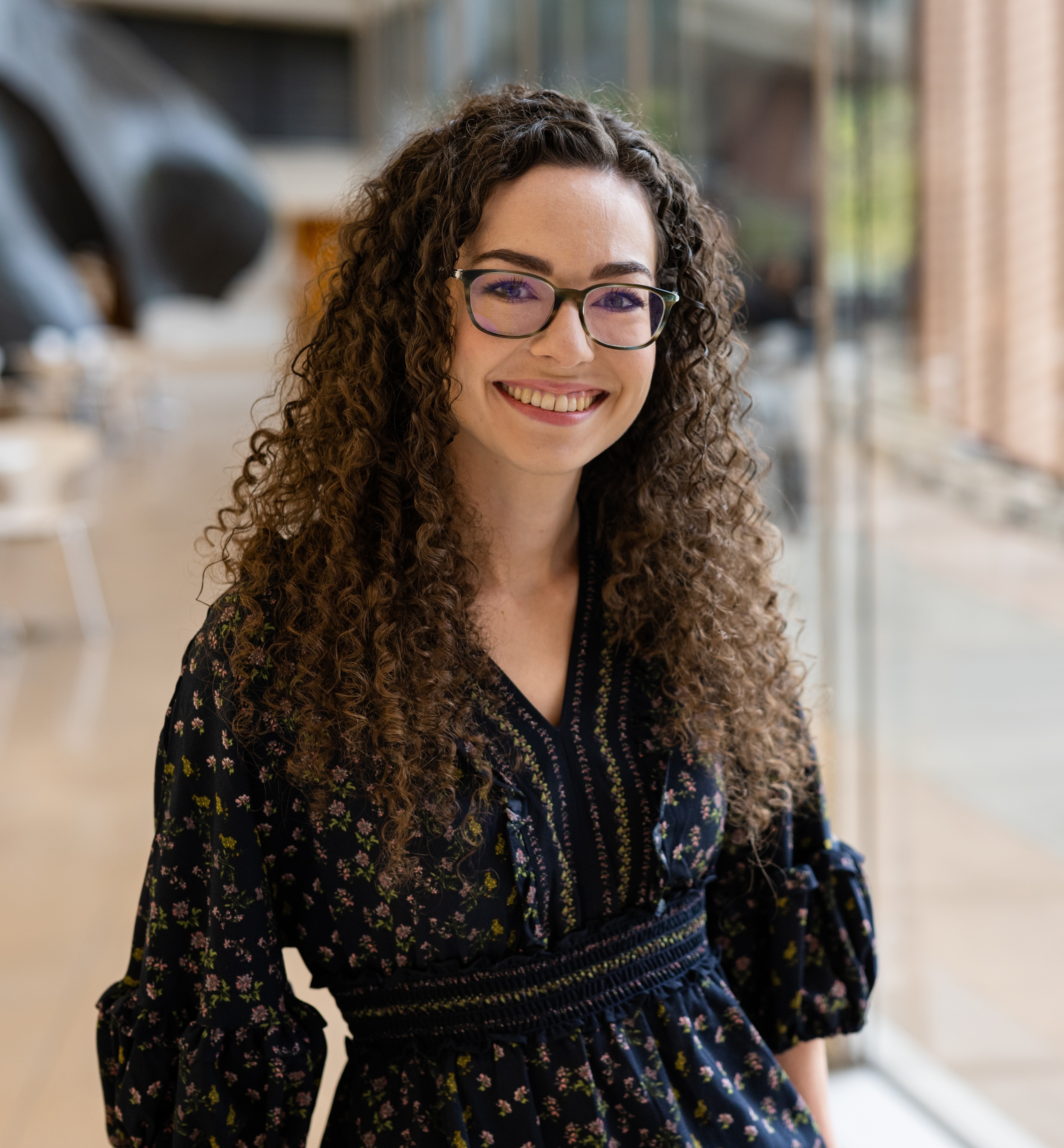
Guillaume Viejo
Guillaume Viejo joined the Center for Computational Neuroscience as a data scientist, where he focuses on developing software for analyzing neurophysiological data. He holds a Ph.D. in computational neuroscience from the Institute of Intelligent Systems and Robotics at the Pierre and Marie Curie University in Paris, France. After completing his doctorate, Guillaume worked as a postdoctoral fellow at the Montreal Neurological Institute, where he studied the head-direction system (also known as the brain’s compass) in rodents.
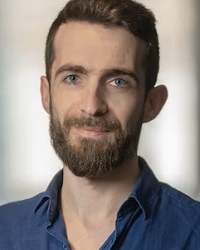
Interns
2025
Pablo Crespo Darriba
Pablo is a first-year Ph.D. student at the Centre de Recerca Matemàtica in Barcelona. He models cognitive functions, such as decision-making and working memory, with a focus on how these processes deteriorate with aging or disease. He received his B.S. in Biomedical Engineering from Universidad Rey Juan Carlos in Madrid and his M.S. in Biomedical Computing from the Technical University of Munich.
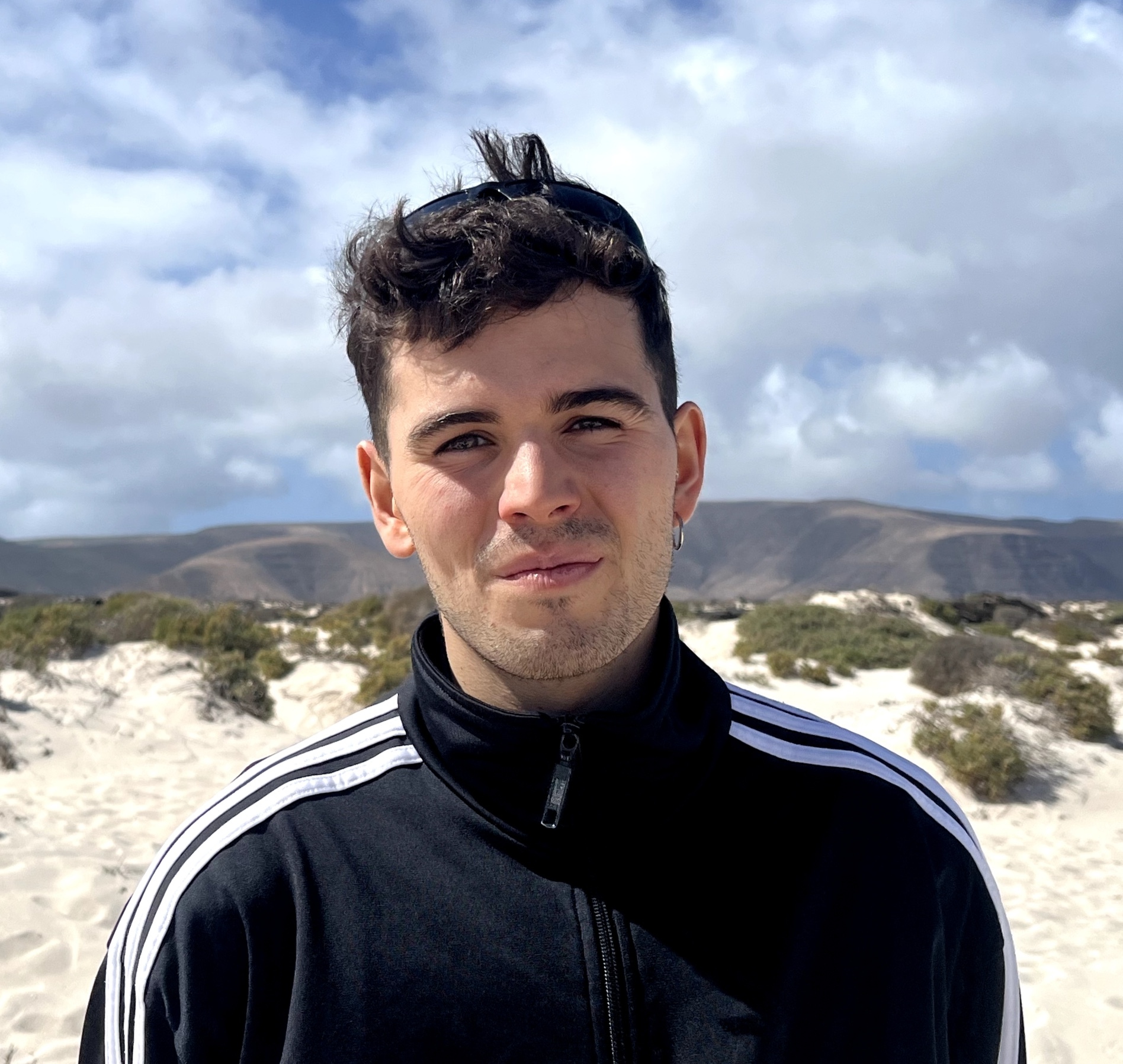
Wolf De Wulf
Wolf De Wulf is a PhD student at the University of Edinburgh’s Centre for Discovery Brain Sciences. Wolf studies the grid cell system in the medial entorhinal cortex, hypothesising about how it allows us to keep track of our location, and looking for signatures of such computations in neurophysiological data. Originally trained as a computer scientist, Wolf very much enjoys working on open-source software for neuroscience.

Camila Maura
Camila is a Master’s student in Computational Neuroscience and AI at Sorbonne Université and Université Paris Cité. She is interested in modeling learning dynamics in brains, minds, and machines. She has worked in Dr. Peter Dayan’s group at the Max Planck Institute for Biological Cybernetics and in the Mood Disorders Laboratory at The University of Texas at Austin, where she has used reinforcement learning models to study behavior in healthy and psychiatric populations.
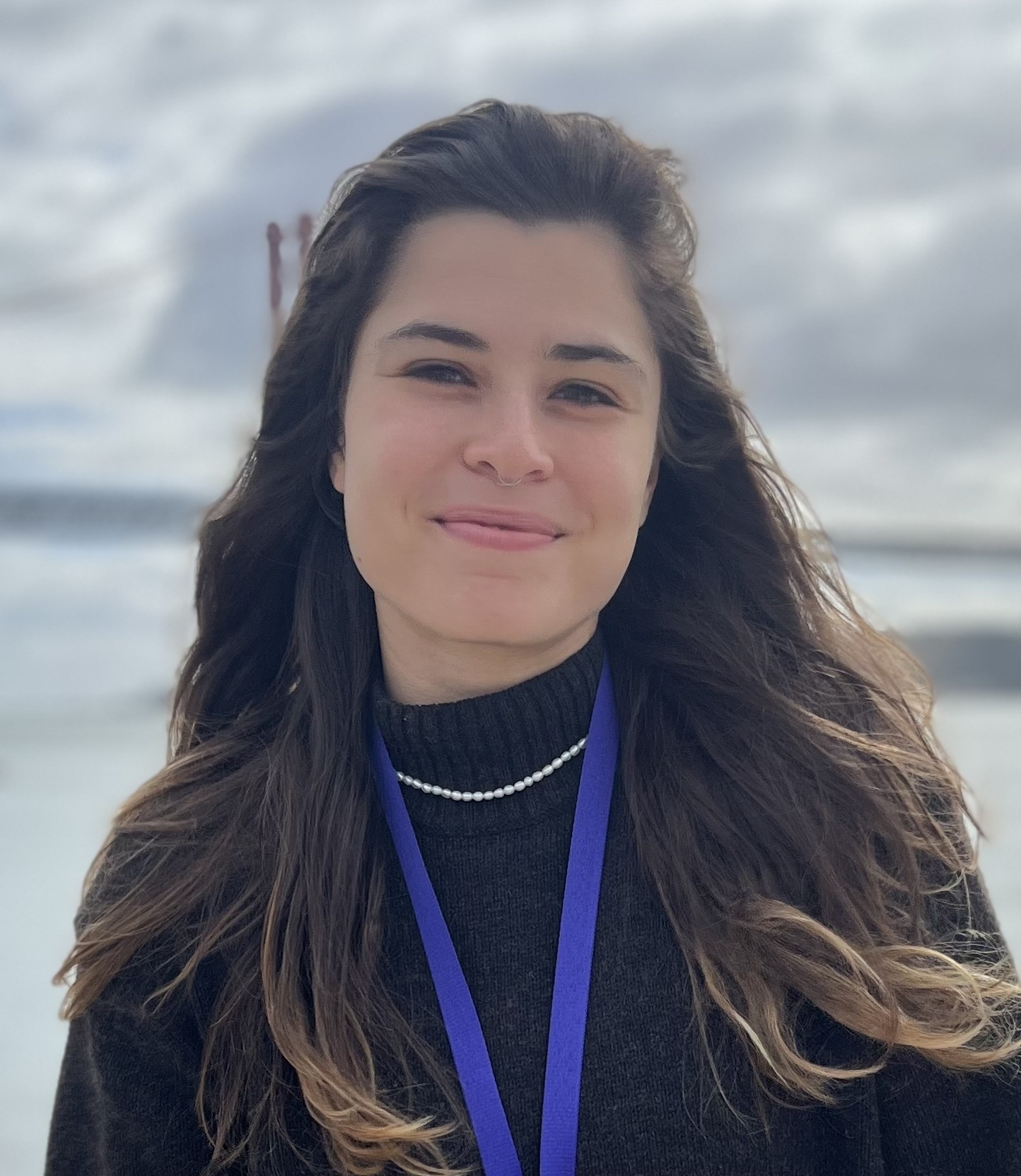
2024
Bence Bagi
Bence is currently a Ph.D. student at Imperial College London, under the supervision of Juan Gallego. In his research he relies on data analysis and computational modeling to investigate how neural populations give rise to skilled movement. Before his Ph.D., he completed his master’s at the Bernstein Center for Computational Neuroscience (BCCN) Berlin.
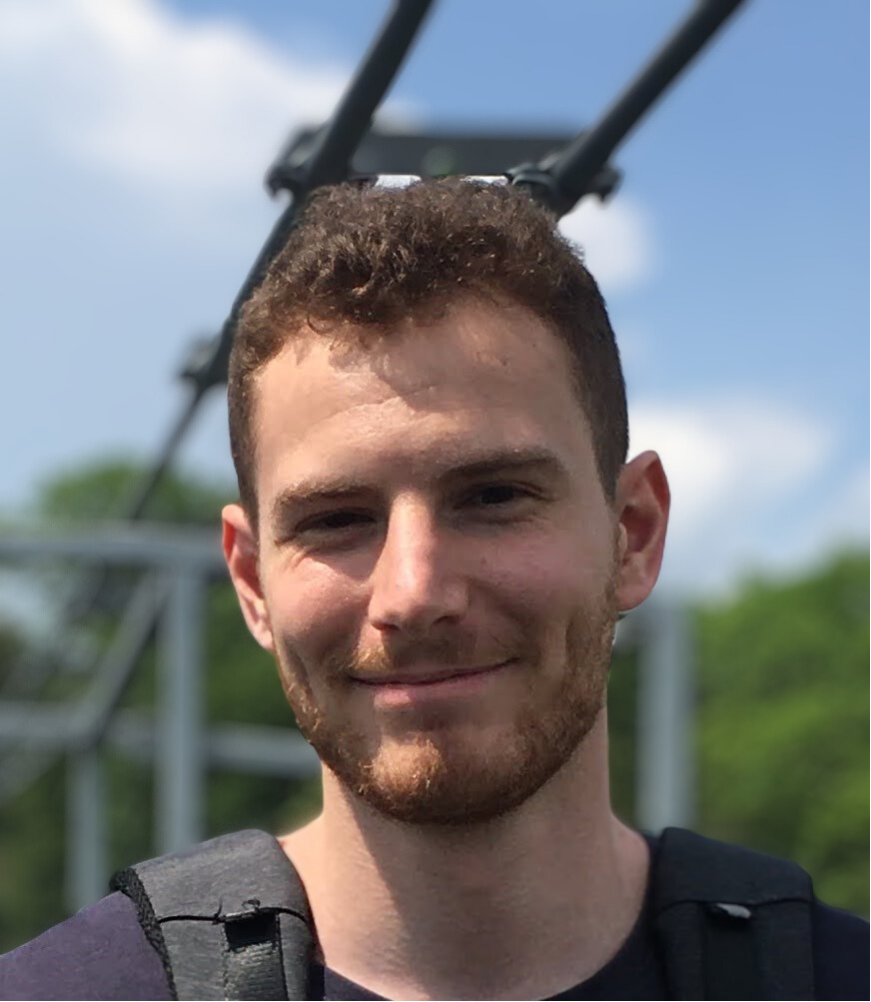
Hanna Dettki
Hanna is a Master’s student in psychology at New York University and in computer science at the University of Tuebingen, Germany. She’s interested in both human and artificial intelligence and how to bridge the gap between the two. Specifically, she is interested in using computational methods to model and better understand the complexities of our mind, brain, and behavior. Prior to starting her Master’s degree at NYU on a Fulbright scholarship, she studied cognitive and computer science at the National Cheng Kung University, Taiwan, Hong Kong University, and the University of Tuebingen, where she received her B.Sc.
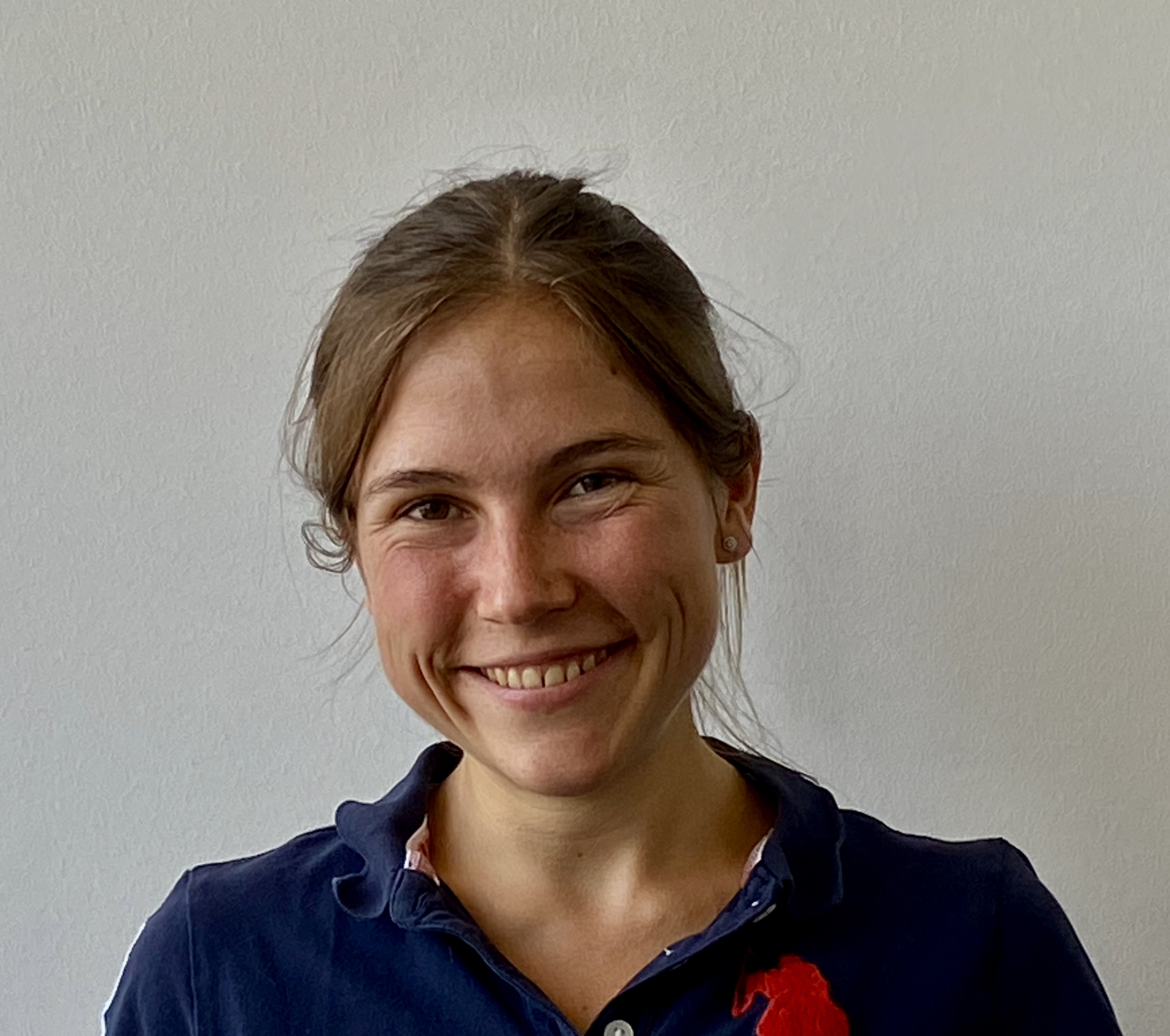
Kipp Freud
Kipp is currently undertaking a PhD within the Computational Neuroscience Unit at the University of Bristol, where he is supervised by Cian O’Donnell, Matt W. Jones, and Nathan Lepora. His research examines spatial and navigational representations in the hippocampus, and how and why these representations change over time. At Flatiron, Kipp is developing signal processing tools for pynapple to expand it’s utility for analysis of local field potential data.
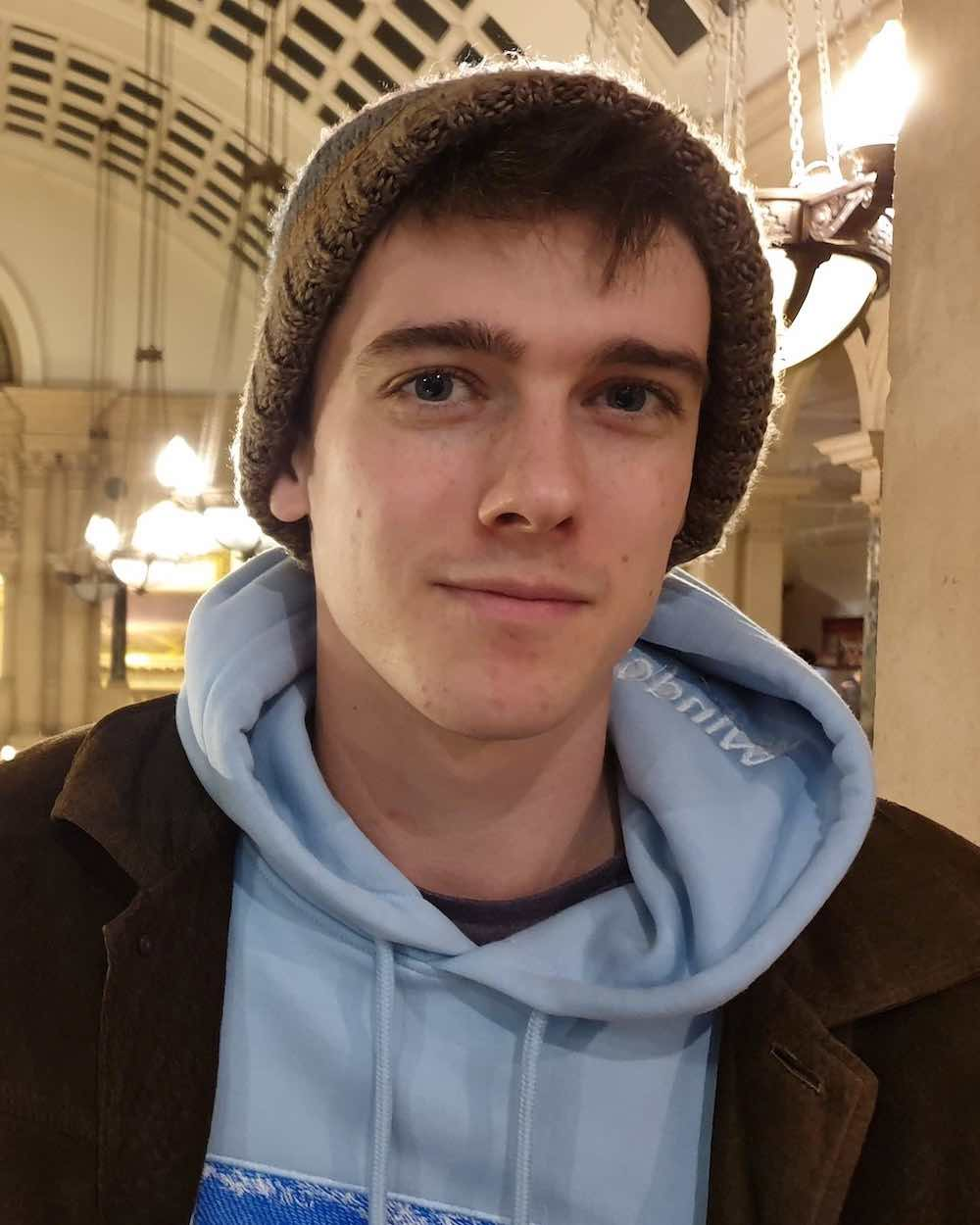
Caitlin Lewis
Caitlin received her B.S. in Computer Science and Statistics from UNC Chapel Hill. During this time she worked as an Undergraduate Research Assistant in the lab of Dr. Adam Hantman - where she helped to develop software tools for calcium imaging analysis and automated behavioral classification. She is also the co-developer of fastplotlib, a cutting-edge scientific visualization library. Caitlin will begin pursuing her PhD in Electrical and Computer Engineering this coming Fall at Duke University in the lab of Dr. John Pearson.
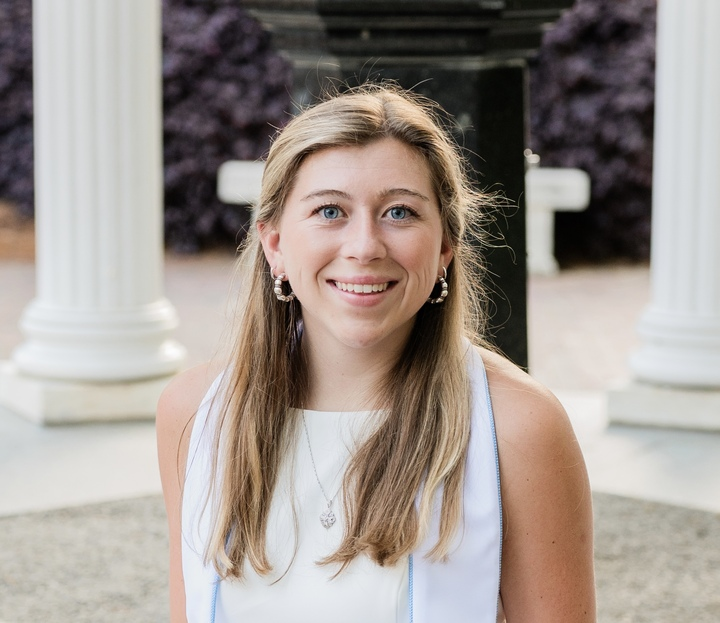
Group Alumni
Eric Thomson
Eric helped maintain CaImAn, the calcium imaging analysis platform. His main goal is to build software that works well and is accessible to experimentalists. He received his PhD in neuroscience from UCSD before working as a postdoc at Duke University with Miguel Nicolelis on sensory prosthetic systems. He then worked in computational optics with Roarke Horstmeyer and Eva Naumann, helping to develop a multi-camera microscope system. Before coming to Flatiron, Eric was a data scientist at NIH/NIEHS, working with multiple neuroscience labs to analyze calcium imaging and electrophysiology data.
